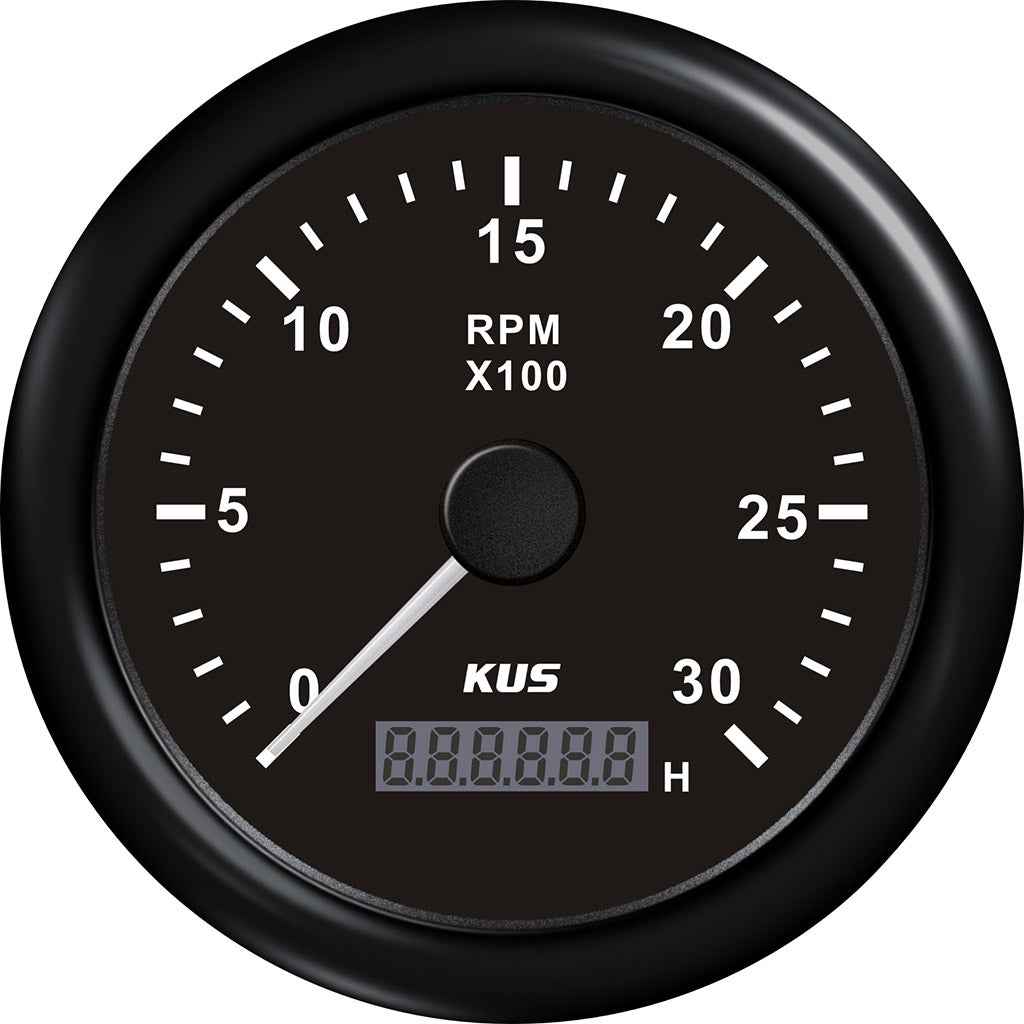Unlocking the Secrets of Tachometers: Whatever You Required to Understand About This Crucial Tool in Your Automobile
Recognizing the details of tachometers can provide important insights into your car's efficiency and upkeep requirements. From determining engine speed to decoding the information it presents, tachometers function as an important tool for vehicle proprietors and enthusiasts alike. By unraveling the secrets behind this important instrument, you can unlock a wealth of information that can enhance your driving experience and ensure the long life of your vehicle.
Value of Tachometers
The value of tachometers depends on their capacity to give important real-time information concerning an engine's rotational speed, enabling for accurate monitoring and upkeep of machinery. By determining the transformations per min (RPM) of an engine's crankshaft, tachometers supply valuable understandings right into the engine's efficiency - tachometer. This information is essential for ensuring that the engine runs within its optimal variety, preventing possible damages from over-revving or underperforming
Tachometers play an important duty in helping operators and technicians spot any type of anomalies in the engine's speed, which might indicate issues such as gas inefficiency, mechanical troubles, or extreme stress on the engine. By promptly determining these concerns through tachometer readings, upkeep can be performed proactively, protecting against costly fixings and downtime in the future.
Moreover, tachometers are especially critical in high-performance lorries and machinery, where accurate control over engine rate is needed for optimal operation. Competing cars, airplane, and commercial tools depend on tachometers to supply peak performance while keeping security standards. Basically, tachometers are not just instruments for gauging speed but essential devices for making sure the smooth and effective operation of engines throughout numerous applications.
Just How Tachometers Action Engine Speed
Using sensing units that spot the frequency of electric pulses generated by the engine's ignition system, tachometers accurately determine the rotational rate of an engine. By keeping an eye on the price at which these pulses are received, tachometers offer real-time responses on how quick the engine's crankshaft is rotating per min, commonly described as revolutions per minute (RPM)
The tachometer's sensing unit, frequently connected to the engine's ignition coil or ignition system cords, gets the electric signals produced each check these guys out time a cylinder fires. These signals are after that transformed right into RPM readings showed on the scale or instrument cluster within the driver's sight. Tachometers can be analog or electronic, with modern automobiles typically including electronic display screens for specific and instant RPM analyses.
This information is crucial for motorists to recognize the engine's performance, protect against over-revving, enhance equipment shifting, and make certain efficient gas usage. By precisely gauging engine speed, tachometers play a vital function in aiding motorists operate their lorries securely and successfully.
Translating Tachometer Readings
Having a clear understanding of how tachometers gauge engine speed establishes the structure for properly translating the RPM analyses presented. Translating tachometer analyses is essential for optimum car efficiency and engine health and wellness. When the engine is idling, the tachometer needle normally relaxes around 600-1000 RPM, depending on the vehicle.


Tips for Making Use Of Tachometers Properly
To enhance driving effectiveness and maximize engine efficiency, what key strategies can be executed for efficiently utilizing tachometers? Tachometers are essential tools that give real-time feedback on engine rate, making it possible for motorists to make educated decisions for far better efficiency - tachometer. Here are some suggestions for making use of tachometers successfully:
Recognizing Ideal RPM Range: Familiarize yourself with the ideal RPM (Revolutions Per Minute) range for your automobile. Keeping the engine within this variety can enhance fuel performance and extend the engine's lifespan.
Changing Gears at the Correct Time: Make click this site use of the tachometer to figure out the most effective time to shift equipments. Upshifting prematurely or far too late can cause lowered effectiveness and performance. Goal to change equipments when the RPM gets to the optimum variety for the following gear.
Checking Engine Tension: High RPMs for extended additional info durations can strain the engine. Keep an eye on the tachometer to avoid over-revving, especially during velocity or when lugging hefty loads.
Tachometers and Car Maintenance
When thinking about automobile maintenance, tachometers play a critical duty in keeping an eye on engine efficiency and spotting potential concerns. Tachometers supply vital data on engine speed, permitting vehicle drivers and mechanics to make sure that the engine is running within the suggested RPM array.
Along with detecting potential problems, tachometers can additionally assist in optimizing fuel effectiveness. By keeping the engine speed within the ideal range, drivers can boost their gas mileage and reduce fuel intake. This not just benefits the vehicle driver's wallet yet additionally contributes to environmental preservation by lowering hazardous emissions.
Final Thought
